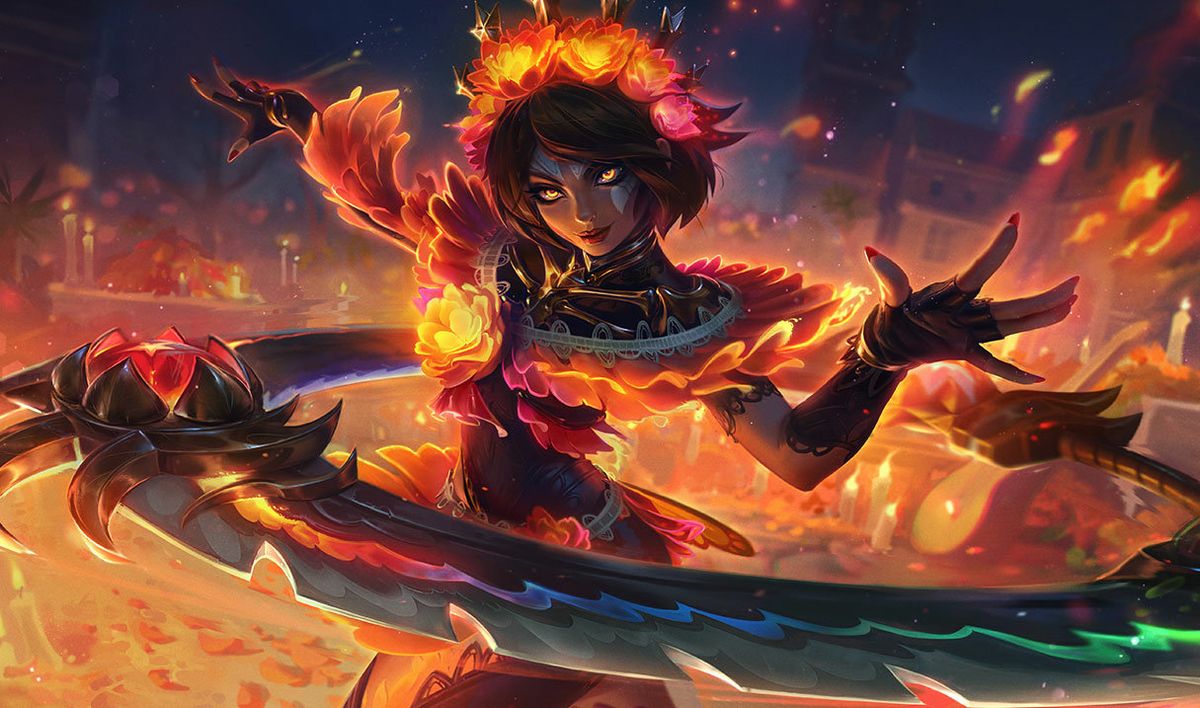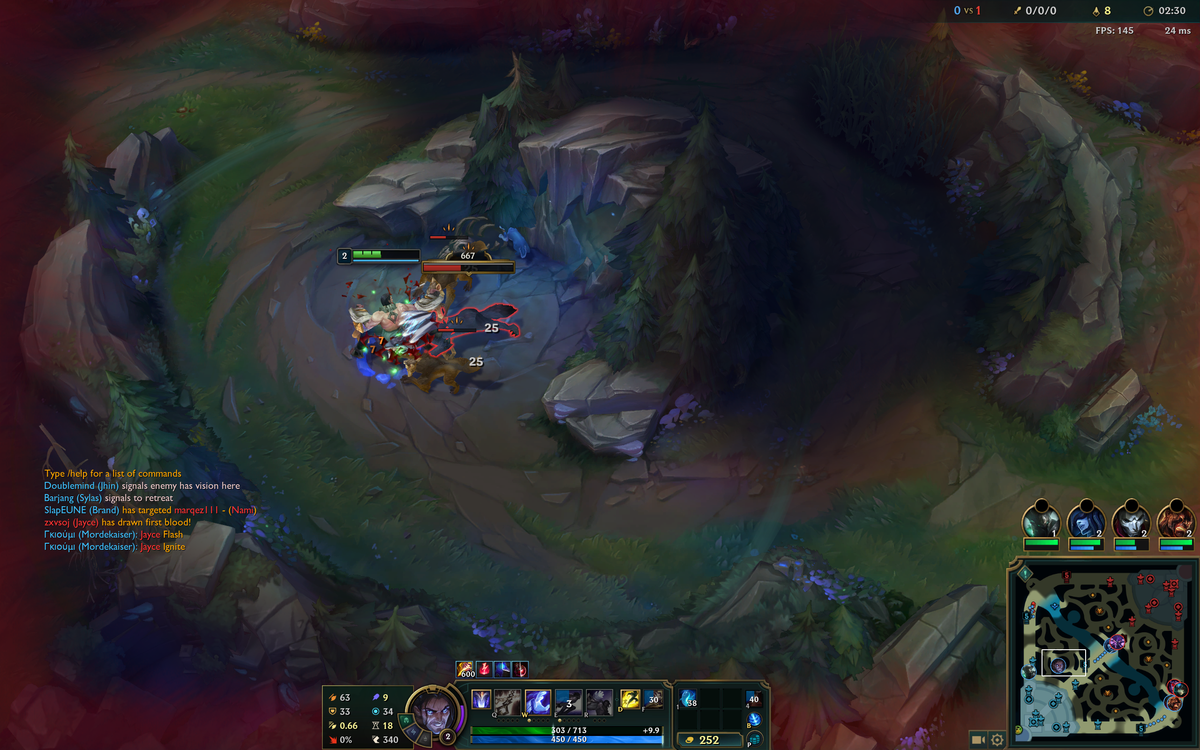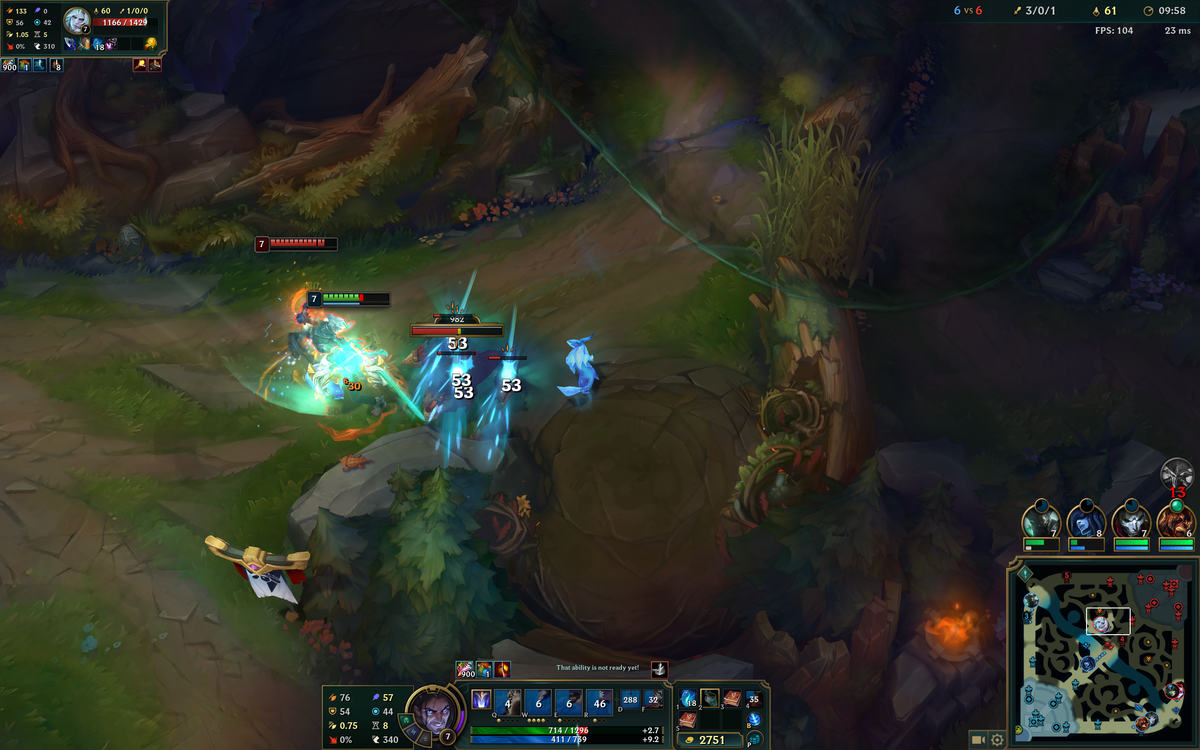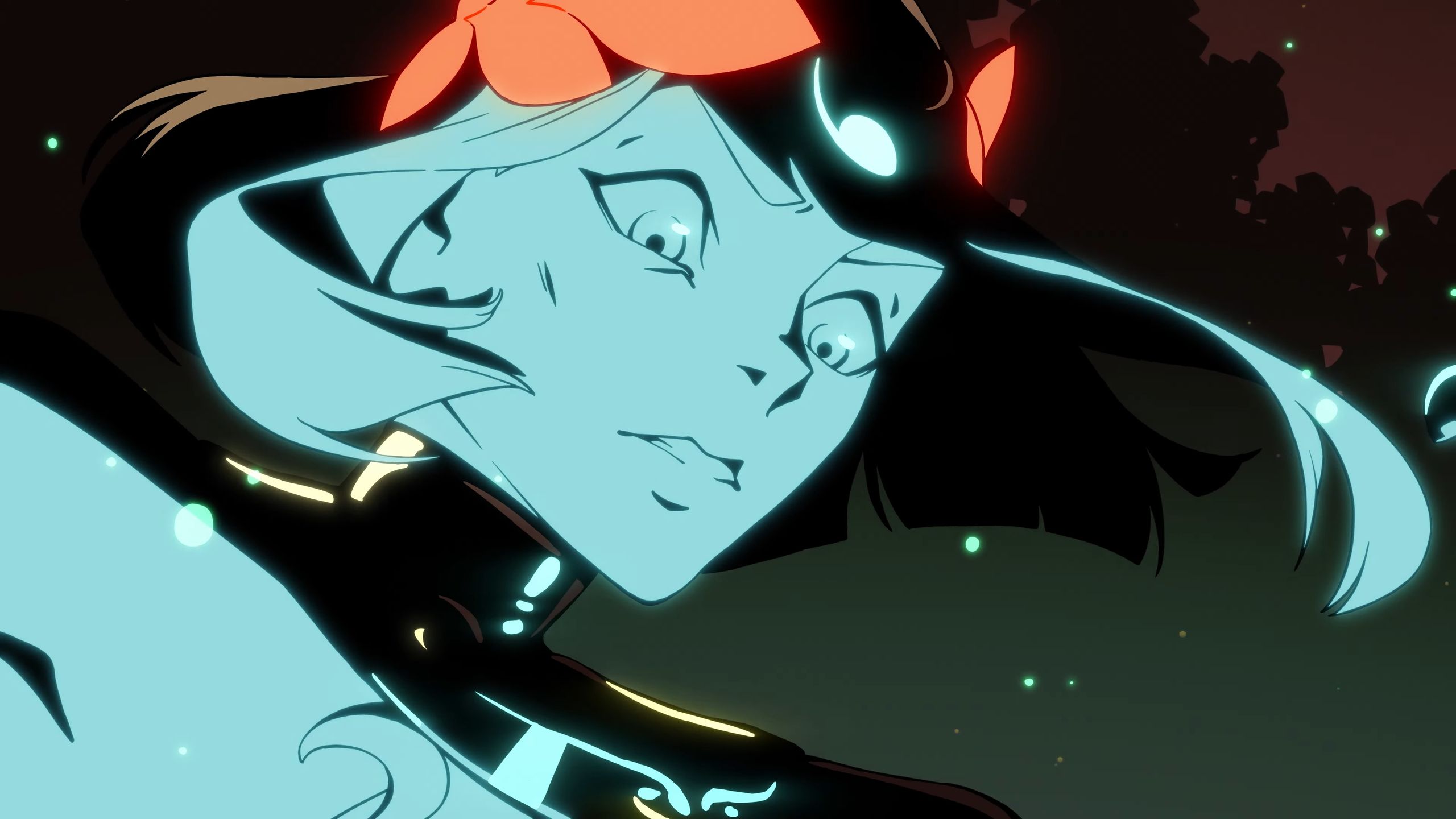If you’re a League of Legends veteran, you probably remember the times when Attack Damage Lulu, Ability Power Master Yi, Ability Power Warwick, and tank Diana wreaked havoc on the Summoner’s Rift. Back then, you could play champions in almost any way you wanted, as long as the scaling made sense.
Today, however, it’s an entirely different story. Picking a champion in an off-meta role, let alone building AD Lulu, will grant you a one-way ticket to report town, and you’ll be labeled a troll or a griefer.
Times have changed
It’s no secret that League has changed over the years. Not only did the design of the Summoner’s Rift map get updated, but Baron Nashor, jungle camps, and the Rift Herald got a makeover. On top of that, Riot Games is continuously tinkering with in-game systems such as dragon souls, platings, and bounties.
Since the world around League champions has changed, it’s no wonder they have undergone a handful of changes themselves—in some cases just visual updates and icon upgrades, but others received major reworks. Although reworks in League typically involve quality-of-life changes and upgrades to the champion’s kit, Riot has also been using them to remove different playstyles.
For example, old Master Yi had AP scaling for two of his abilities—Alpha Strike (Q) and Meditate (W). This allowed players to opt for an AP build which would revolve around nuking enemies with Alpha Strike and healing back the damage with Meditate. However, the idea of a wizard Master Yi has been completely gone since Patch 3.10, which removed AP scaling on Alpha Strike.
Patch notes or death notes?
Major reworks aren’t the only culprit for the dying build creativity in League. In fact, Riot is gutting unique and creative builds regularly, almost every two weeks. Don’t get me wrong, regular League patch notes are great for the health of the game, as they bring back to relevance long-forgotten champions and nerf dominant picks that are terrorizing players in Solo Queue.
But regular updates have also had negative repercussions on the state of League. In 2020, pro players started building the Death’s Dance legendary item on marksmen as this would grant them 50 attack damage, 30 armor, 30 magic resistance, 10 percent cooldown reduction, and a unique passive which would instantly heal them for 15 percent of all damage dealt. This meta, however, didn’t last long. Riot didn’t like the idea of AD carries building a bruiser item for a bit more sustainability and Patch 10.23 reworked Death Dance. Since then, Death Dance has the Ignore Pain passive, which is tied to the post-mitigation damage taken (the damage you actually receive after magic resistance and armor). And since then, I never saw another AD carry build Death Dance.
This is one of many examples of exotic builds that have been quickly gutted by Riot’s balancing team. Other victims include Smolder’s W and Doran’s Ring start, Fleet Footwork LeBlanc with Static Shiv rush, and Electrocute Nami. The most common life cycle of new builds in League boils down to this: the build gets discovered, players use (and abuse it), and Riot wacks it with a nerf hammer so that it’s no longer viable.
Can we still flex?
Over the years, we’ve seen a drop in flex picks, or champions which can go more than one lane in League. Now, all champions fit into neatly organized boxes, and if there’s any oscillation in that, Riot will, again, nerf it.
Pour one out for support Sett, one of the most egregious victims of Riot’s commitment to balance. Even though Sett was originally designed as a top-lane bruiser and counter to ranged champions due to innate healing, players used to pick him up as a support. The trick was to grab movement speed runes—Phase Rush, Nimbus Cloak, Celerity, and Hextech Flashtraption. Since Sett has a strong early game, you’d be on the lookout for fights and skirmishes, and you’d use your Summoner spells to get a burst of movement speed to run down your enemies.
However, after nerfs to Phase Rush, Turbo Chemtank, and base damage, he is now a niche support pick you’ll rarely see. Sett also used to be a strong jungle pick, until Riot changed the damage dealt to monsters and pushed him back to the top lane. Where once he offered lots of flexibility, now he’s got a singular focus.
Where do we draw the line?
You might be thinking that all this creativity that Riot’s trying to stamp out would only result in League teeming with broken champions and builds, making it even harder to balance than it currently is. That’s true, to an extent. Giving free rein to player creativity while allowing every weird, overpowered build to stick around could be a nightmare for League’s balance and become an existential threat to the game’s competitive future—but there’s a middle ground between this chaos and Riot’s current approach.
Riot normally nerfs new, unique builds within a span of two weeks. This doesn’t give the playerbase enough time to find a counterplay or counterpick. Instead, it would be far more interesting what would happen if Riot held off its nerf, at least for a couple more patches. Or if we would see Riot buff champions which are clear-cut counters. For example, let’s say Smolder is beyond broken in front-to-back fights. Riot could nerf Smolder and be done with it. However, what if Riot left Smolder as is and instead buffed assassins, the type of champions that are designed to kill squishy marksmen?
For years, Riot has had the same approach to balance in League—nerfing powerful picks. This results in the meta often feeling stale, as you have to play one and the same champions to increase your odds of winning. Especially in the era of tier lists and guides for best builds, players are inclined to go with the strongest champions in their games. However, if Riot was to leave champions in a strong state and give players tools to counter them, League could become even more energetic and fun to play—especially for casual players.








